
Electroplating Limitations
Electroplating is not without its disadvantages and limitations. Some of those limitations are listed and described below: Time-Consuming Electroplating can be a time-consuming process that

Electroplating is not without its disadvantages and limitations. Some of those limitations are listed and described below: Time-Consuming Electroplating can be a time-consuming process that

This makes metals effective in any shape by heating them to a high temperature. It boosts ductility and lessens the firmness of the material for
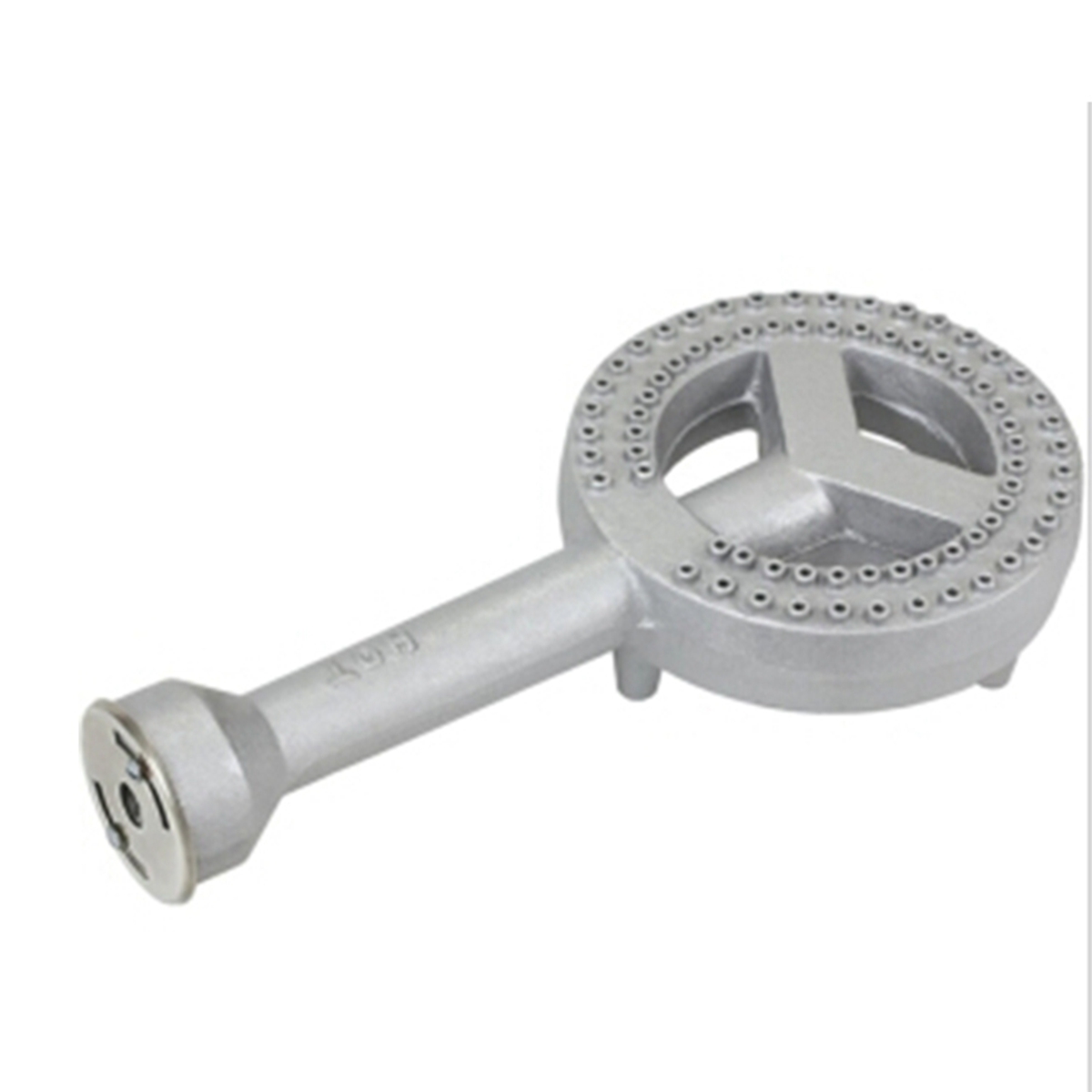
Electroplating offers many benefits beyond a beautiful surface. These benefits are listed and described below: Temperature Resistance Metals commonly used for electroplated coatings, such as
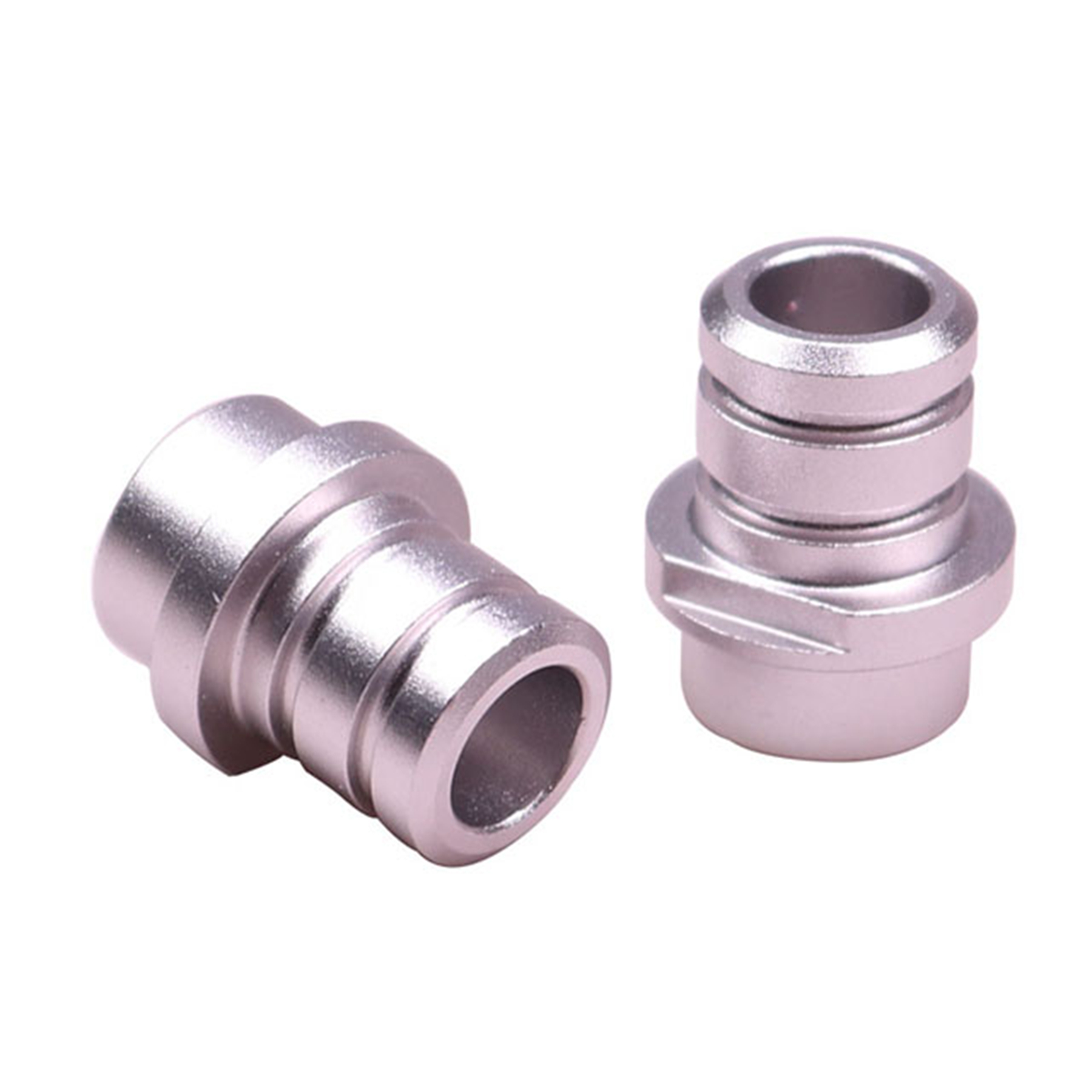
It affects the part’s overall durability. It is where the metal is heated and put out quickly once it reaches the demand properties. Flame Hardening:

Electroplating is compatible with many different metal substrates, and some non-metals – plastics, for example. It can be a great method for increasing hardness or
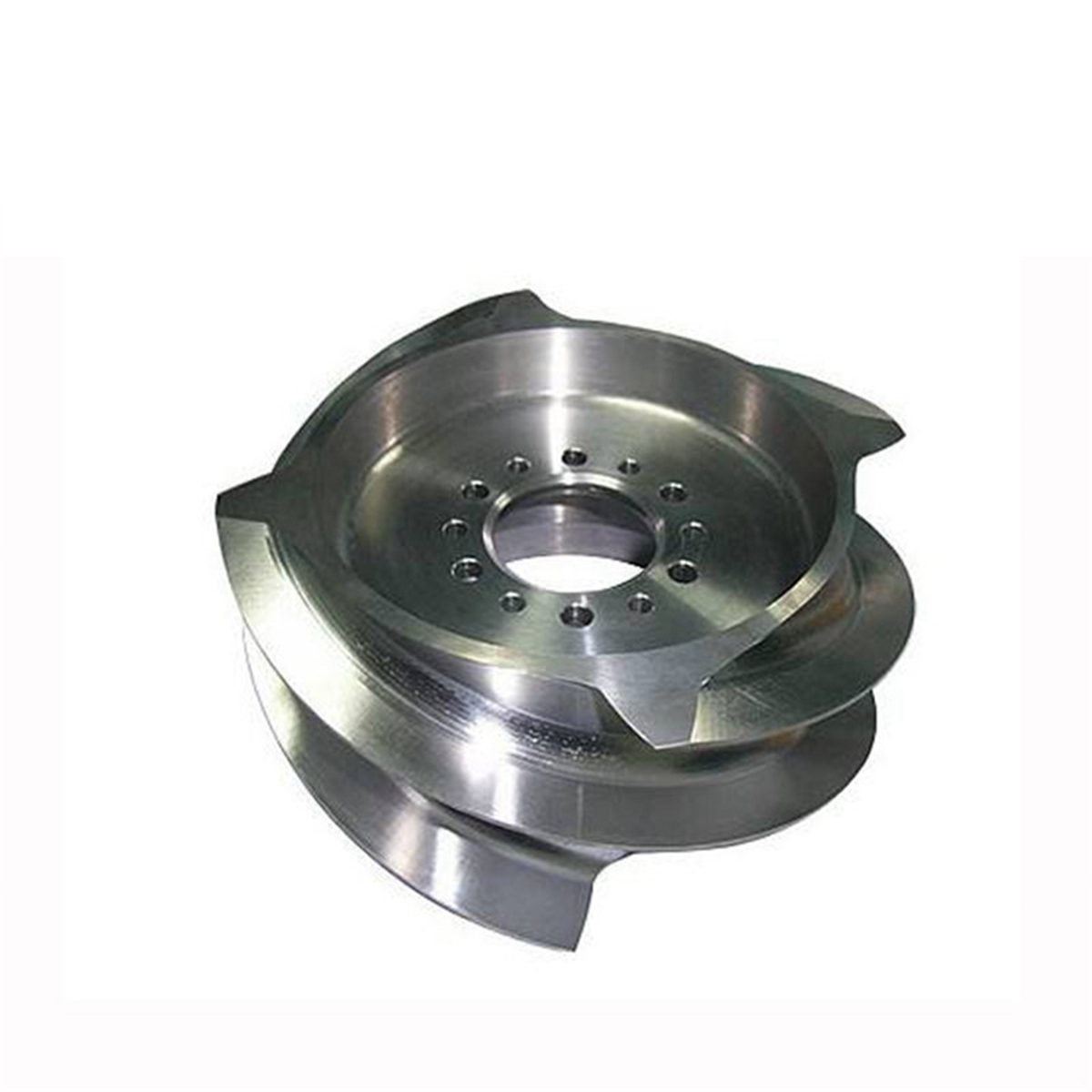
CNC-milled parts can undergo various post-processing and finishing techniques, including sanding, polishing, anodizing, or painting, depending on the material and the desired appearance of the

CNC milling plays a pivotal role in various industries, with primary applications including: Aerospace: Aircraft components, engine parts, and structural elements. Automotive: Engine blocks, transmission
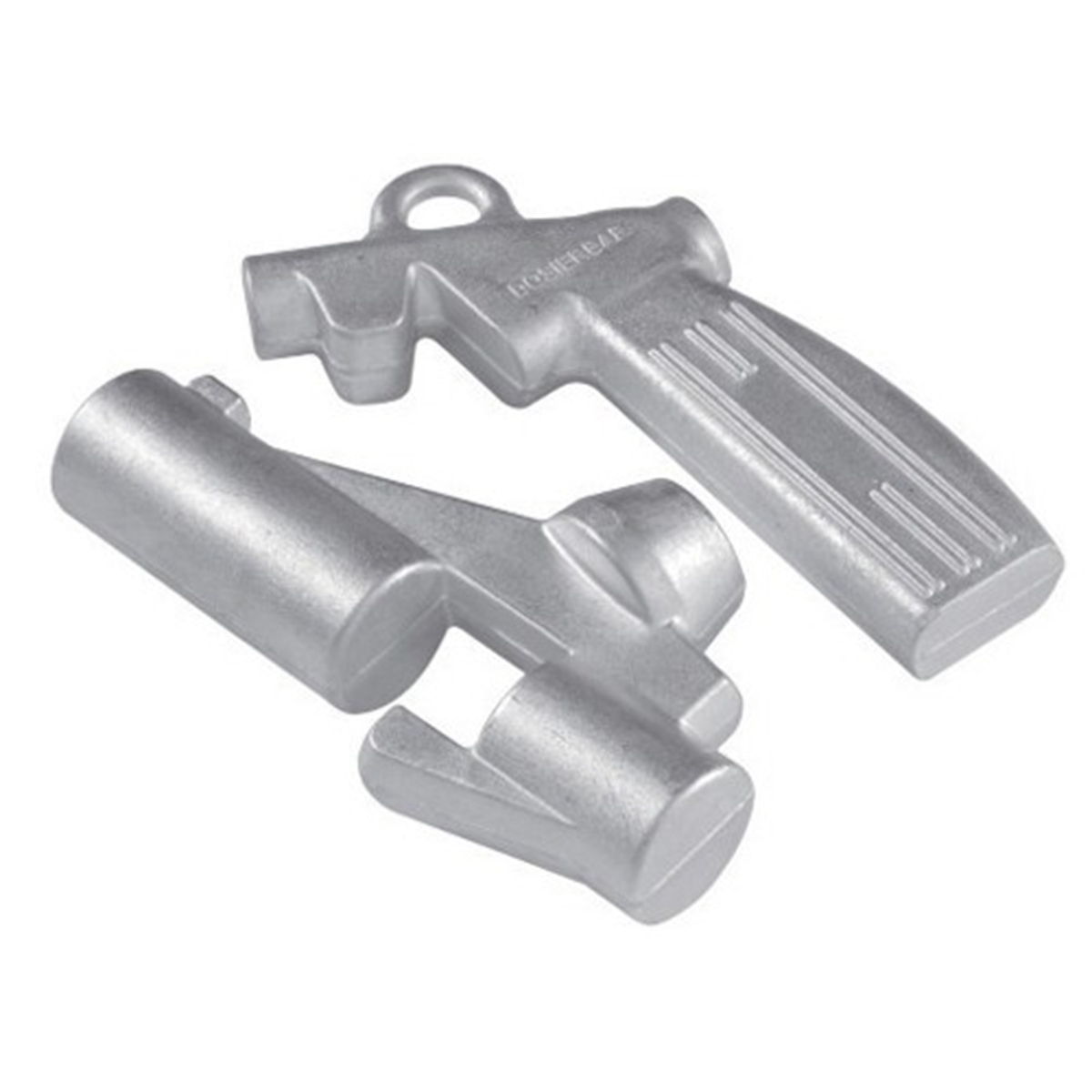
There are a variety of electroplating methods that can be used to deposit metals onto a substrate. The preferred electroplating method depends on the application
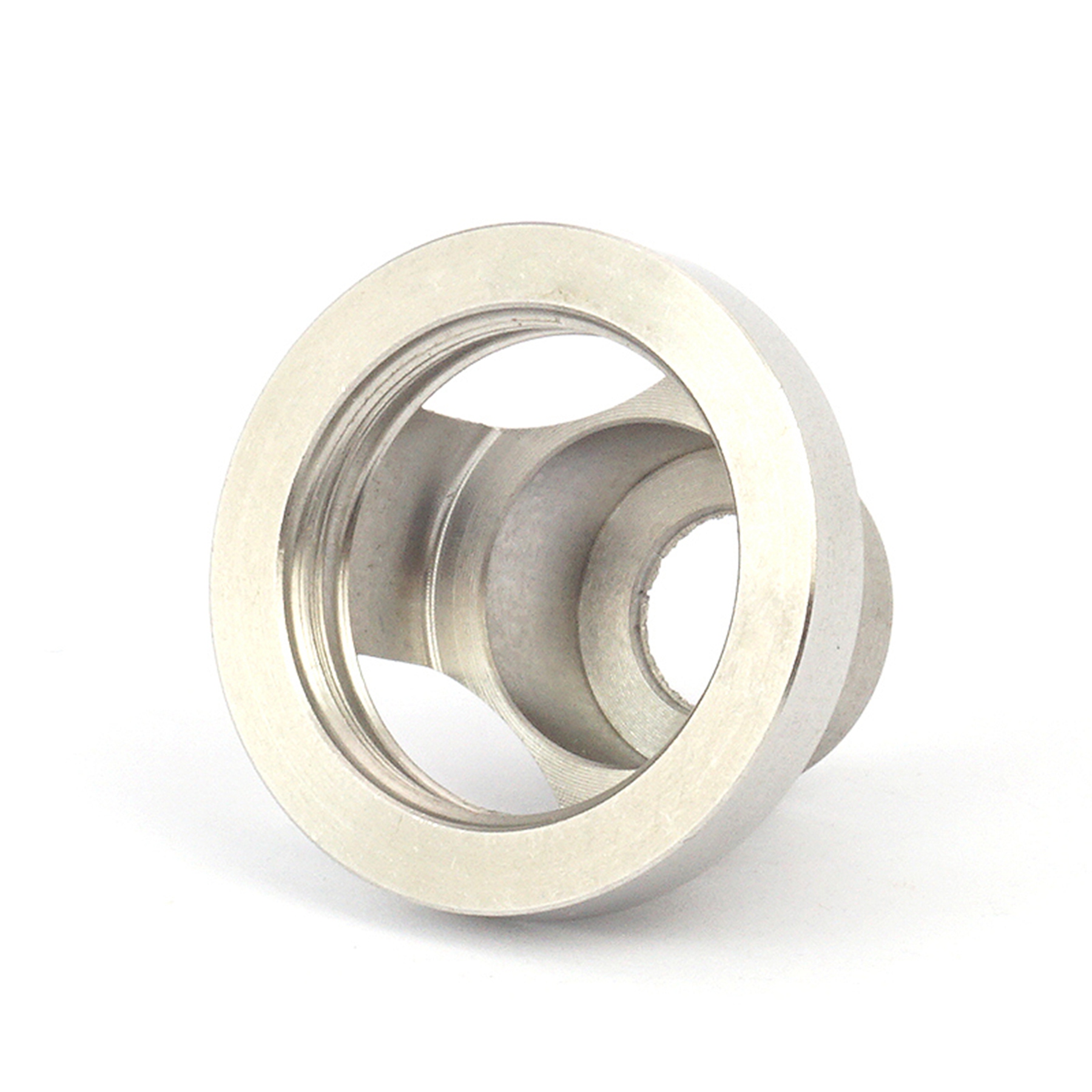
Electroplating is a widely used surface finishing technique that plays an essential role in the function and performance of parts in many industries. It is
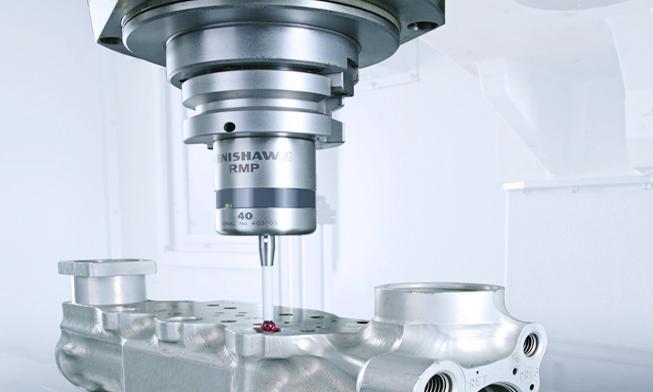
There are various types of CNC milling machines, including vertical and horizontal machining centers, and gantry mills for different machining tasks and workpiece sizes. 5-axis
WhatsApp us
Ready to Work Together? Build a project with!
*You can upload your design here so that we can provide you with a more accurate quote.